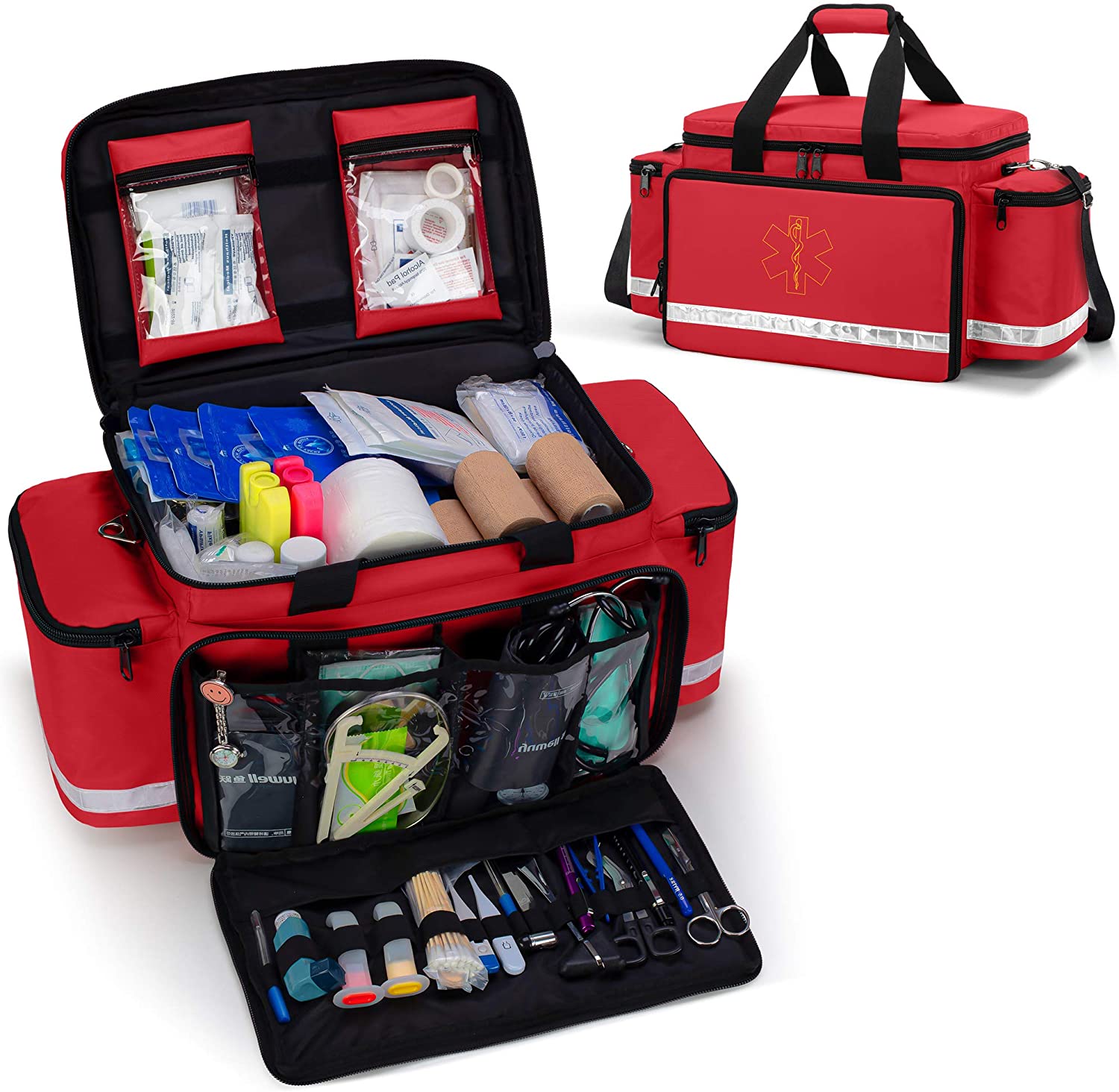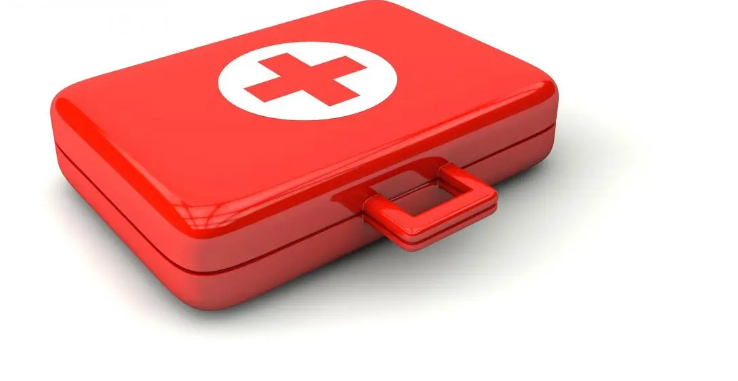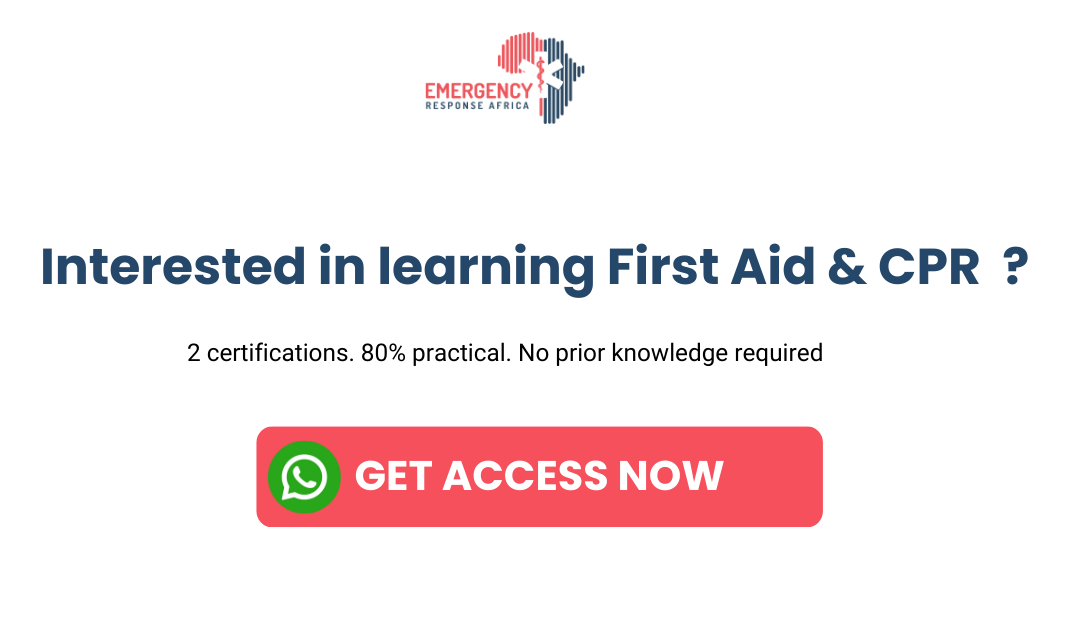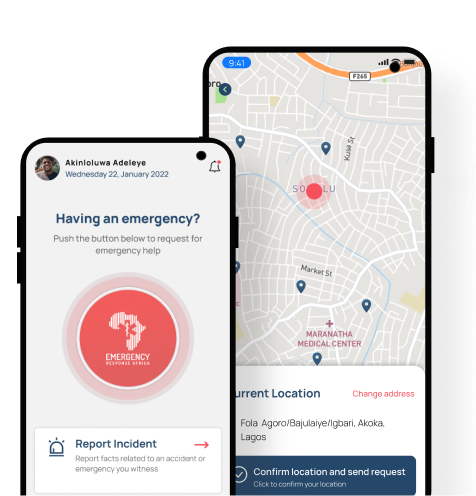Understanding first aid treatment is vital in emergency situations, like when a loved one falls down the stairs and needs immediate medical attention. Having the right knowledge and tools can save a loved one from dying.
Understanding First Aid Treatment
Let’s imagine a scenario where you, your child, elderly parents, or any member of your family or colleagues falls down the stairs and requires immediate medical attention to alleviate pain before receiving proper medical assistance.
How would you handle such a situation?It doesn’t matter where you are—whether at work, in schools, corporate organizations, workshops, construction sites, or even at home. Accidents and emergencies can occur at any time and on any day. As the saying goes, you cannot predict when emergencies may arise, but you can certainly prepare for them.
So, the important question is: how prepared are you for managing and responding to emergencies? Having a solid plan in place can make all the difference. This includes knowing who to call for immediate help, having access to first aid supplies, and being aware of the nearest medical facilities.
Being proactive in emergency preparedness not only helps you respond effectively but also instils confidence in those around you, knowing that you are equipped to handle unexpected situations. Don’t wait until it’s too late—start preparing today to ensure the safety and well-being of yourself and your loved ones. This is why understanding First Aid treatment is important.
RELATED SERVICES
What is First Aid?
First Aid is the emergency care provided immediately to an injured person. Its primary purpose is to minimize injury and prevent future disability. In serious cases, First Aid may be essential to keep the victim alive until professional medical help arrives.

Golden Rules Of First Aid?
- Do the first thing first; this includes assessing the situation for any immediate danger, and quickly and methodically without panicking, giving priority to the most urgent situation/condition.
- Remove the victim from the cause of injury or the cause of injury from the victim.
- Resuscitate the victim, if necessary and carry out general treatment of unconsciousness.
- Loosen all tight clothing or materials around the victim’s neck waist, wrist, etc.
- Arrest bleeding, cover all wounds, burns or scalds and immobilize all fractures.
- Do not allow people to crowd a victim and do not move a victim unless you really have to (dangerous environment, risk of falling debris, explosion etc)
- Reassure the victim and get help as soon as possible
- Improvise all necessary materials, which are not readily available.
- Guide against or treat for shock
- Dispose/transport the victim properly.
Principles of First Aid
The key guiding principles and purpose of first aid, is often denoted by 3 Ps.
- Prevent further injuries
- Preserve life
- Promote recovery
Rapid Responses to Disasters and Duties of Rescuer
When disaster strikes, individuals within the affected community and neighboring communities are the first to respond. Preparedness can make the difference between life and death. A damage assessment survey should follow three key principles:
- Look: Make a thorough visual inspection of the damage-affected area;
- Listen to all sources of information – the community, government records, and media reports;
- Understand the gravity of the dangers and the suffering of victims as well as the capacity to respond.
The first job of a rescuer is to remain calm and assess the area to determine the extent and particulars of the damage identify any hazards or obstacles to rescue, and gauge whether further damage is likely. The information collected will be crucial in planning the best approach to rescue. Rescuers can get this information by speaking with local leaders and residents within the locality.
It is important that appropriate help as per assessment is called. It is also important to understand that first aid has limitations and does not take the place of professional medical treatment.
The first actions by First Aiders: DR. CAB
D – Danger assessment for self and victim
R – Responsiveness of the victim
C – Check and assess for pulse
A – Assess and ensure clear airway
B – Check if person is breathing
Key Takeaways for First Aid Providers
- First aid providers are not expected to make a diagnosis but should be aware of basic life-threatening issues in even of a crisis and have knowledge of basic life-saving skills.
- Control of bleeding is a core first-aid skill
- Cooling with normal running water in burns is the best start
- Immobilisation of bone and nearest joints is important to prevent further injury and shock.
However, to effectively administer First Aid, you need one vital toolkit: a First Aid Box.
What is a First Aid Box?
The first aid box is that box that houses everything that is used to administer first aid in case of an emergency. The box usually contains iodine, scissors, a stethoscope, bandage, gloves, a medicated spirit and many more.
A first aid kit is a collection of supplies and equipment for use in giving first aid and can be put together for the purpose (by an individual or organization), or purchased completely.
Having a First Aid Box readily available can help you save lives and manage emergencies effectively. Without it, the condition of the injured person could deteriorate before they reach the hospital. Being prepared and stocking the right supplies in your home, office, and workplace can truly be a lifesaver.
Trauma injuries, such as bleeding, bone fractures or burns and infection control are usually the main focus of most first aid kits, with items such as bandages and dressings being found in the vast majority of all kits.
Benefits of having a First Aid Box
- Provides Necessary Aid Before Medical Help Arrives: Quick access to First Aid supplies allows you to address injuries immediately.
- Reduces Infections: Proper wound care can prevent infections from developing.
- Can Save Lives: Timely intervention can be critical in life-threatening situations.
- Reduces Recovery Time: Effective First Aid can lead to quicker recovery for the injured.
- Prevents Severe Injuries from Becoming Chronic Problems: Early treatment can help avoid long-term complications.
- Prevents Excessive Blood Loss: Applying pressure and using the right materials can control bleeding effectively.
Don’t wait any longer—order your standard First Aid Box today to help save lives and manage emergencies effectively!
Order Your First Aid Box Now!
Our standard First Aid Box is the most comprehensive kit you’ll ever find, featuring over 250 essential items. It’s designed for any emergency situation you may encounter, whether it’s treating a minor burn, cuts, bruises, or more serious injuries.
You can use our First Aid Kit with confidence, knowing it is trusted by medical professionals and has been rated as the best of its kind in the market. Each item is carefully selected to ensure you have the right tools at your disposal when you need them most.
Don’t miss out! Click the link to place your order now, or call our 24-hour toll-free line at 0 8000 2255 372 to order and take advantage of our limited-time 15% discount! Be prepared for any emergency and protect yourself and your loved ones today!





It is in point of fact a nice and useful piece of information. I am glad that you just shared this helpful info with us. Please keep us up to date like this. Thanks for sharing.
It’s good that you mentioned how accidents and emergencies can happen any time and any day, which is why it’s best to take a first aid course so you can be prepared during such situations and minimize injury and future disability. I recently opened a dance school, and it’s not uncommon for one of the students to get injured while in class. I’ll be sure to be prepared from now on by getting first aid training this weekend.